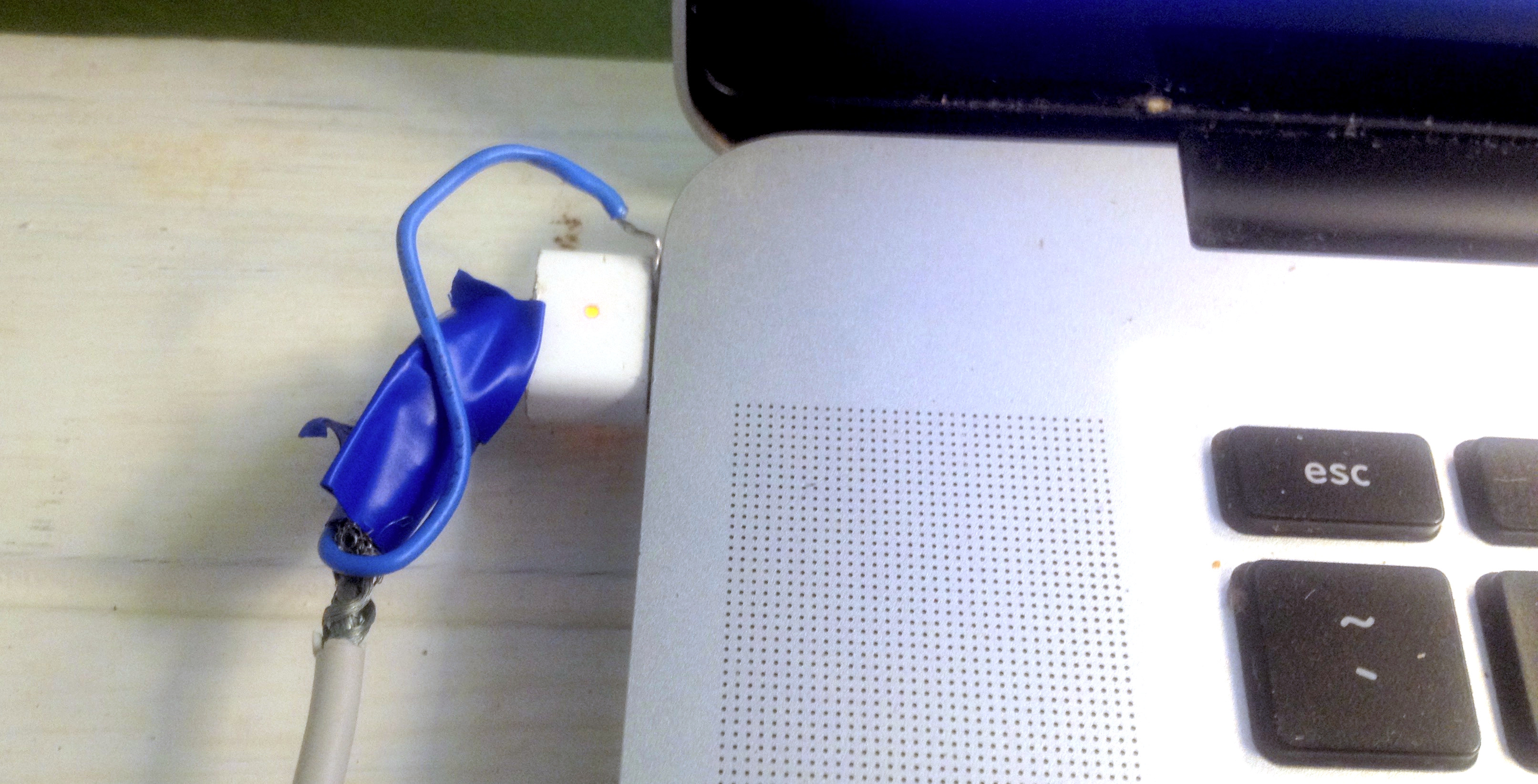Mac Power Cord Hack
- Damaged Power Cord Repaired With Shop-Made Mold September 13, 2018 by Dan Maloney 25 Comments We’ve likely all seen a power tool with a less-than-functional strain relief at one end of the power.
- Nov 05, 2014 The MeezyCube is a protective case for your MacBook power charger that prevents dreaded cord fraying. Photo: MeezyCube Chances are you protect your iPhone with a case.
Jun 14, 2019 Release the Power button, then press the Power button as usual to power on the computer and boot the Mac When the MacBook Pro does boot, the fans will be blasting at full speed for the entire time you are using the Mac ( resetting SMC or PRAM does.

We’ve likely all seen a power tool with a less-than-functional strain relief at one end of the power cord or the other. Fixing the plug end is easy, but at the tool end things are a little harder and often not worth the effort compared to the price of just replacing the tool. There’s no obsolescence like built-in obsolescence.
But in the land of Festo, that high-quality but exorbitantly priced brand of premium tools, the normal cost-benefit relationship of repairs is skewed. That’s what led [Mark Presling] to custom mold a new strain relief for a broken Festool cord. The dodgy tool is an orbital sander with Festool’s interchangeable “Plug It” type power cord, which could have been replaced for the princely sum of $65. Rather than suffer that disgrace, [Mark] built a mold for a new strain relief from two pieces of aluminum. The mold fits around the cord once it has been slathered with Sugru, a moldable adhesive compound. The video below shows the mold build, which has some interesting tips for the lathe, and the molding process itself. The Sugru was a little touchy about curing, but in the end the new strain relief looks almost like an original part.
Apple Mac Power Cord

Apple Mac Power Cord
Hats off to [Presser] for not taking the easy way out, and for showing off some techniques that could really help around the shop. We suppose the mold could have been 3D-printed rather than machined; after all, we’ve seen such molds before, and that 3D-printed dies can be robust enough to punch metal parts.